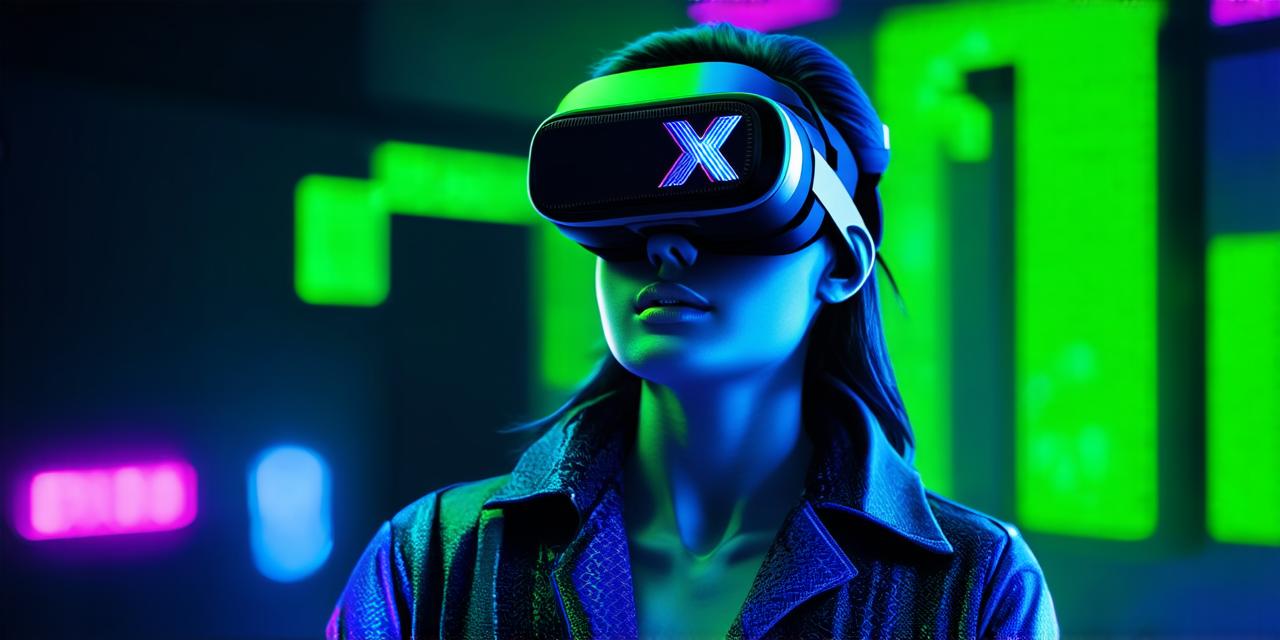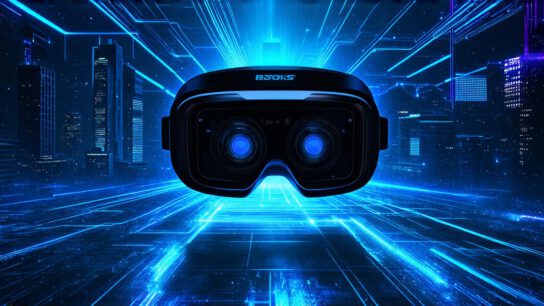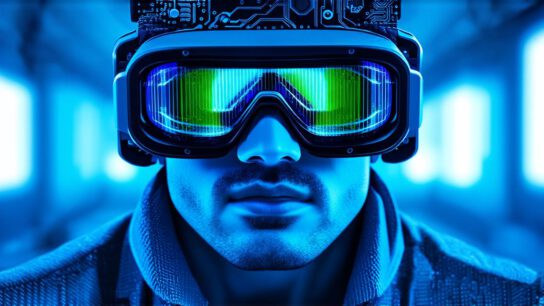<!DOCTYPE html>
Causes of Motion Sickness in Virtual Reality
Motion sickness is a common problem among VR users. It can occur due to several factors, including:
1. Lack of realism: If the virtual environment does not feel real or immersive, it can cause motion sickness. This may be because the graphics are low-quality, or the user feels disconnected from the virtual world.
2. Field of view: A narrow field of view (FOV) can cause motion sickness, as it restricts the user’s visual input and makes it harder for their brain to process what they are seeing.
3. Vestibular system: The vestibular system is responsible for maintaining balance and coordination in the real world. In VR, if there is a mismatch between what the user sees and what their body feels, this can cause motion sickness. This mismatch can occur due to factors such as latency (the time delay between what the user sees and what they feel), or because the virtual environment does not match the user’s expectations.
4. Motion blur: If the graphics in VR are blurry or choppy, it can cause motion sickness. This may be due to factors such as low frame rates or inadequate hardware.
5. Fear and anxiety: Some users may experience motion sickness because they are afraid of heights, enclosed spaces, or other triggers that are exacerbated by VR.
Preventing Motion Sickness in Virtual Reality
Now that we have discussed the causes of motion sickness in VR, let’s explore some strategies that can help prevent it:
1. Adjust your settings: There are several settings you can adjust to reduce the risk of motion sickness in VR. These include adjusting the FOV, increasing the frame rate, and reducing latency.
2. Use a comfortable headset: A well-fitted and comfortable headset is essential for an enjoyable VR experience. Make sure to choose a headset that has good eye tracking technology and minimal motion blur.
3. Take breaks: If you start to feel symptoms of motion sickness, it’s important to take a break from the VR experience. This can help you regain your balance and reduce the severity of the symptoms.
4. Use motion-compensating controllers: Motion-compensating controllers use sensors to track the user’s movement and adjust the graphics in real-time, reducing latency and minimizing motion sickness.
5. Practice good posture: Good posture can help reduce motion sickness in VR. Standing or sitting with a straight back and your feet shoulder-width apart can help you maintain balance and coordination.
6. Eat light meals before VR use: Eating heavy meals before VR use can increase the risk of motion sickness, as your body has to work harder to digest the food. Instead, opt for light meals or snacks that are easy on your stomach.
7. Get enough sleep: Getting enough sleep is essential for an enjoyable VR experience. If you’re feeling tired or fatigued, it can increase the risk of motion sickness.
8. Use anti-nausea medications: While not always effective, anti-nausea medications such as Dramamine or Bonine can help reduce the severity of motion sickness symptoms. It’s important to speak with a healthcare provider before taking any medication for motion sickness.
9. Seek professional help: If motion sickness is affecting your daily life or preventing you from enjoying VR, it may be time to seek professional help. This could include therapy, counseling, or medication.
Latest Research and Technology Related to VR and Motion Sickness
There is ongoing research into the causes of motion sickness in VR and how to prevent it. Some promising developments include:
1. Haptic feedback technology: Haptic feedback technology allows users to feel physical sensations in virtual reality, such as vibrations or pressure on their hands or feet. This can help reduce motion sickness by providing a sense of presence and realism in the virtual environment.
2. Eye-tracking technology: Eye-tracking technology can help adjust the graphics in VR to match the user’s gaze, reducing latency and minimizing motion sickness.
3. Virtual reality therapy: Virtual reality therapy has been shown to be effective in treating a variety of conditions, including anxiety disorders, PTSD, and depression. It may also be effective in preventing motion sickness by training the brain to adjust to virtual environments.
4. Brain-computer interfaces (BCIs): BCIs allow users to control VR experiences using their thoughts or other physiological signals. This could potentially help reduce motion sickness by allowing users to customize their VR experience to suit their needs and preferences.
FAQs
1. How can I tell if I’m experiencing motion sickness in VR?
* Symptoms of motion sickness in VR include nausea, dizziness, vertigo, and headaches. It may also cause a feeling of disorientation or detachment from the virtual world.
1. Can motion sickness be prevented entirely?
* While it’s not possible to prevent motion sickness entirely, there are several strategies that can help reduce the risk or severity of symptoms. These include adjusting settings, using comfortable headsets, taking breaks, and practicing good posture.
1. What is the best way to treat motion sickness in VR?
* The best way to treat motion sickness in VR depends on the severity of the symptoms. For mild symptoms, taking a break or adjusting settings may be enough. More severe symptoms may require anti-nausea medication or professional help.
1. Is motion sickness in VR different from motion sickness in real life?
* While both types of motion sickness are caused by a mismatch between visual input and the body’s internal sensors, there are some differences. In real life, the vestibular system is constantly adjusting to changing environments, whereas in VR, it may be disrupted by factors such as latency or motion blur.
1. Are there any risks associated with using anti-nausea medication for motion sickness in VR?
* While anti-nausea medication can help reduce symptoms of motion sickness in VR, it’s important to speak with a healthcare provider before taking any medication. Some medications can interact with other medications or have side effects that could be harmful.
Summary
Motion sickness in VR can be a frustrating and uncomfortable experience, but there are several strategies that can help reduce the risk or severity of symptoms. By adjusting settings, using comfortable headsets, taking breaks, and practicing good posture, you can enjoy a more enjoyable and immersive VR experience. Additionally, ongoing research into the causes of motion sickness in VR and how to prevent it promises exciting developments for future VR experiences.



